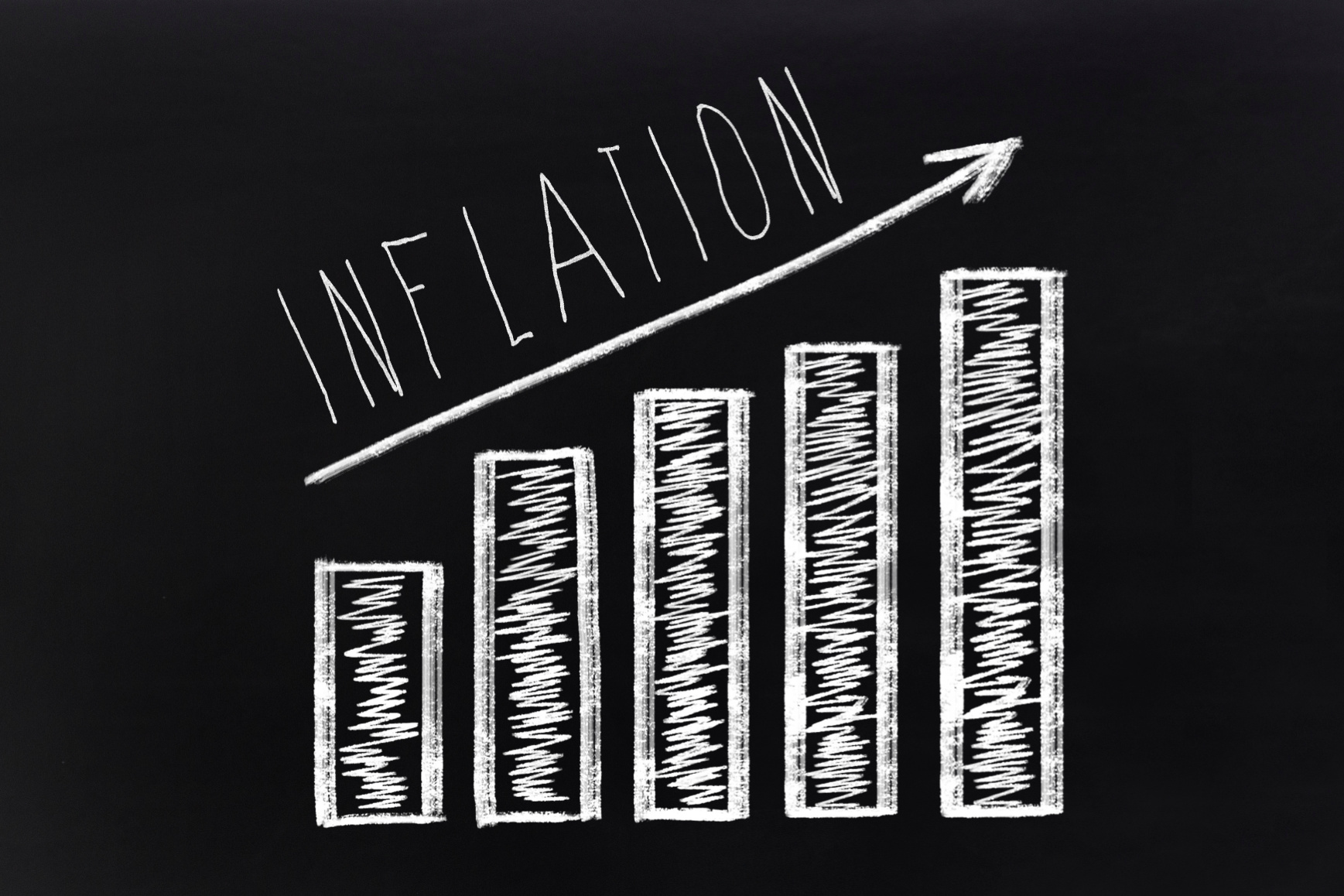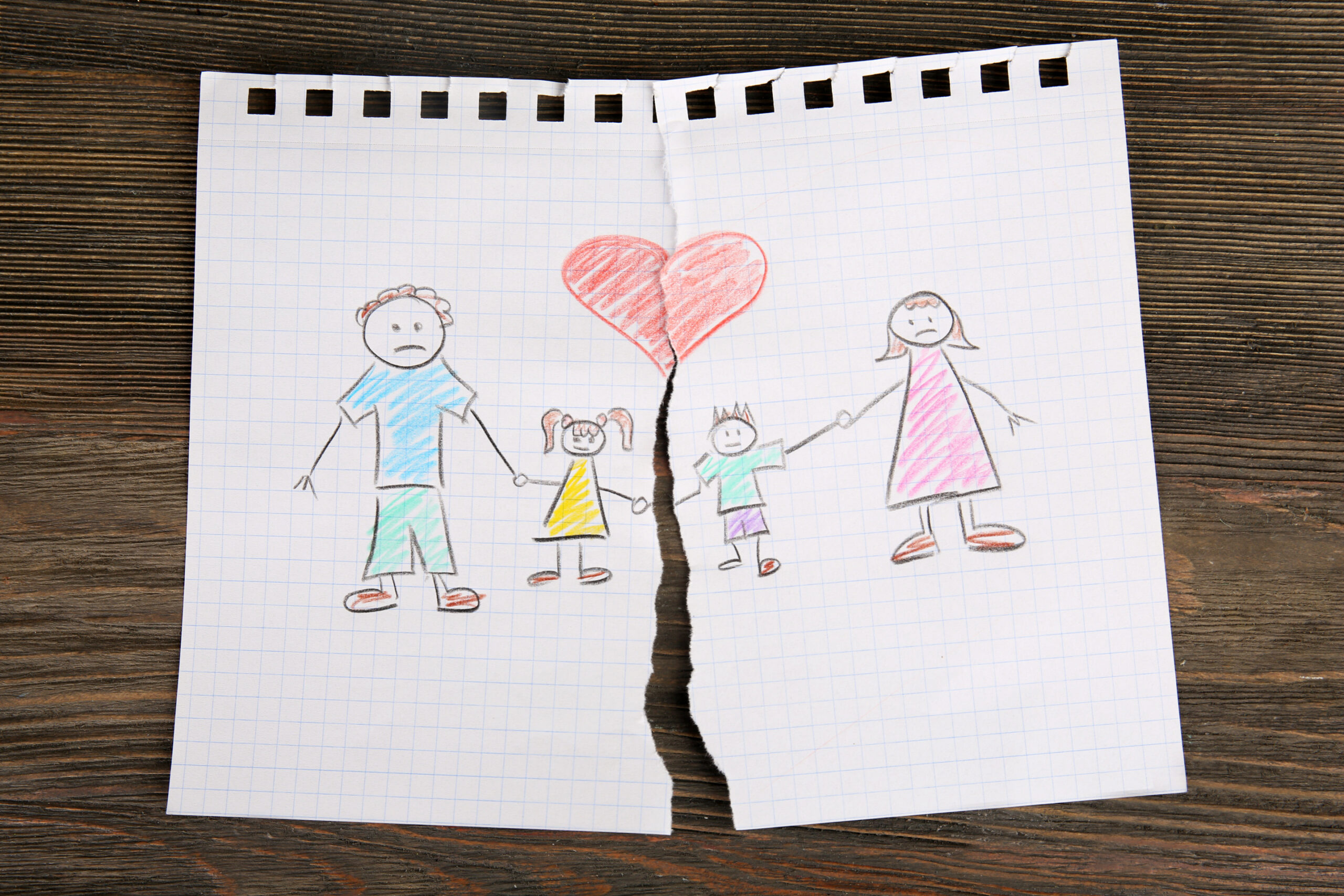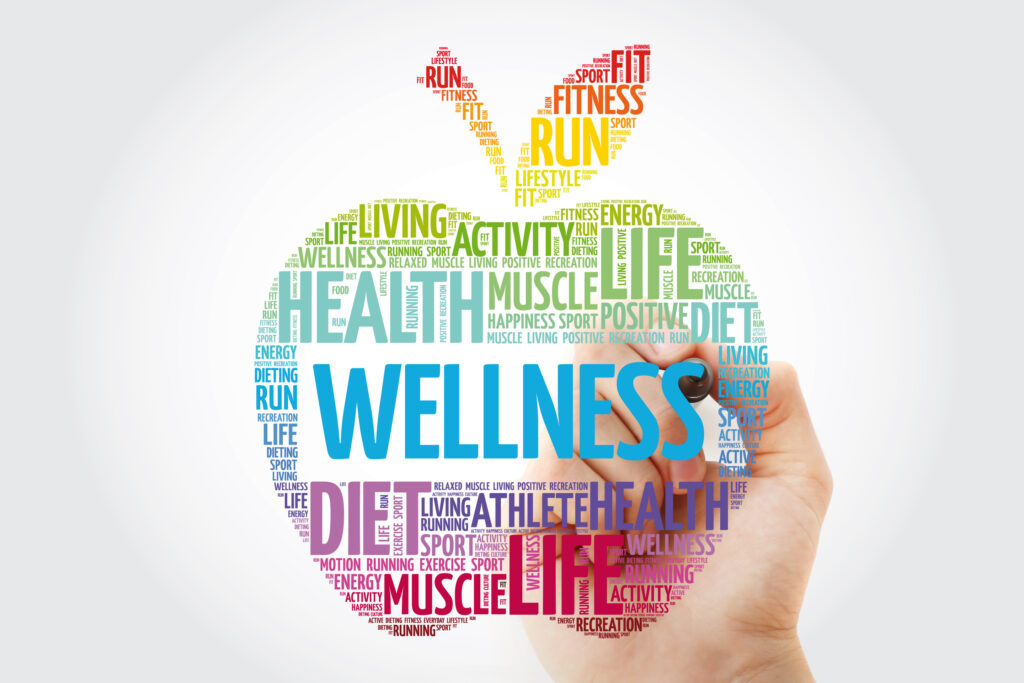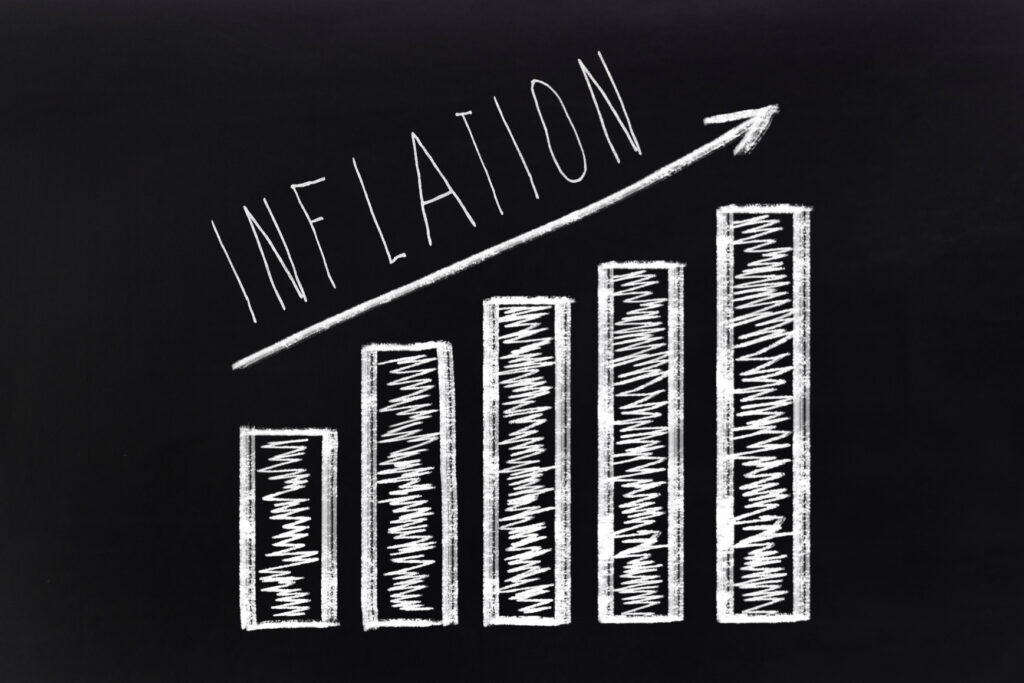Rising Together: Community Resilience After Hurricanes Helene and Milton

In the wake of Hurricanes Helene and Milton’s destruction, the residents of Greenville, SC, Asheville, NC and areas across Florida displayed remarkable unity, responding with compassion and support for one another. These back-to-back storms, which tore through many states within weeks of each other, left thousands without power and basic services, creating an urgent need for recovery efforts. What unfolded in the following days highlighted the extraordinary strength of the human spirit as communities came together to aid their neighbors.
In Greenville, SC, widespread flooding and power outages tested the city’s resilience. With roads blocked and homes damaged, residents found themselves in desperate need of assistance. Local organizations like the American Legion quickly mobilized, sending teams of volunteers to remove downed trees, clear roads, and patch roofs. The response was swift, yet coordinated—showing how prepared the community was to meet the needs of those impacted by the storm.
As people rallied on the ground, social media platforms became the lifeline for connecting those in need with those who could help. Facebook, Nextdoor, and Twitter were filled with posts from residents requesting assistance, whether it was for generators to power medical devices or food for large families.
The power of community was perhaps the most vividly seen in the coordinated efforts spearheaded by local leaders like State Representative Neal Collins, who represents Greenville and Pickens counties in South Carolina. Collins was busy on social media, providing real-time updates, sharing vital resources, and coordinating relief efforts. He became a key figure in organizing community responses, leveraging his network to source emergency supplies. In a heartfelt reflection of the communities spirit, Collins shared:
“By one simple tweet on Sunday (48 hours after the tropical storm hit us), I asked the community for three generators to help those needing power for their oxygen supply or dialysis machine. I received 11 offers of generators. We were also able to deliver ice for insulin needs and food for large families in need. Some of those generators have since been relocated to other homes. In just a few short days, churches activated, the YMCA opened its doors, and, of course, county, state, and federal-directed resources (shelters, hot meals, showers, food, etc.) began to arrive. It was wonderful to see the community meet immediate needs before local, state and federal relief could be deployed.”
Collins’ leadership was praised as his social media posts helped bridge the gap between the community and the relief efforts. His call for volunteers to personally deliver generators and other items fostered a sense of connection that made the aid efforts even more impactful. People didn’t just drop off supplies—they stayed to help families set up the equipment and ensure everything was working before leaving.
The efforts in Greenville were mirrored across the region, but the situation in nearby Asheville, NC, was even more dire. The storm ravaged the city, causing catastrophic damage. Flooded streets, destroyed homes, and widespread power outages overwhelmed the local infrastructure. Recovery efforts in Asheville were complicated by the sheer scale of the devastation, with many areas remaining inaccessible due to landslides and road closures. Despite this, the community responded with the same sense of unity and resilience seen in Greenville.
As Asheville resident Sammi Burke reflected, “There is so much devastation across the region in ways you truly cannot comprehend, but the one silver lining in all of the wreckage is how powerfully the community has come together to support each other.” Burke highlighted that she and her friends raised $2,000 to bring supplies to families that had been stuck without power, while others engaged in backwoods search and rescue, or opened their homes to strangers. “The list goes on and one. Every day the people that live here have shown up for each other to lift each other up,” she shared.
Volunteers in Asheville braved treacherous conditions to deliver supplies to stranded residents, and local nonprofits and churches quickly opened their doors to house displaced families. Burke noted that, despite the challenges, the sense of unity within the community had been indispensable: “I truly don’t think we’d be able to recover from this otherwise. It takes time to fix water systems and roads, bur there are immediate needs that have to be met, and the folks that call this gorgeous city home have stepped up in a big way to make sure no one is forgotten or alone.”
Meanwhile in Florida, Hurricane Milton brought a new wave of devastation, hitting the state hard with torrential rains, severe flooding, tornados, and high winds that left homes and businesses in ruins. The destruction stretched from coastal cities to rural inland areas. Entire neighborhoods were submerged, and the infrastructure in many places was left shattered.
Much like the response to Hurricane Helene, Floridians banded together, exhibiting the same spirit of resilience. Communities from the Panhandle to Central Florida organized relief efforts. Local contractors, emergency workers, and volunteers mobilized to clear debris, while restaurants prepared free meals for displaced families. Social media again played a crucial role in coordinating aid, with residents using Facebook and Twitter to organize supply drives and volunteer rescue efforts.
In many small towns across Florida impacted by these hurricanes, residents also faced unprecedented challenges, but their response was no less inspiring. Just hours after the storm passed, neighbors with boats and off-road vehicles began rescuing stranded families and delivering essential supplies to those cut off by flood waters. Local businesses partnered with charities to provide shelter and food to those in need, while churches became hubs of coordination, offering everything from meals to spiritual support.
As with the recovery efforts in Asheville, the community’s willingness to step up before state and federal aid could arrive was key to ensuring residents’ immediate safety and well-being. Floridians, like their counterparts in Greenville and Asheville, proved that even in the face of disaster, the strength of human connection is an unstoppable force.
Local organizations, businesses, and residents across the impacted regions worked tirelessly to ensure that no one was left behind. Food banks partnered with local restaurants and grocery stores, providing ready-to-eat meals for families who were unable to cook. Volunteers personally delivered meals to elderly residents and those trapped in homes due to flooding or roadblocks. This grassroots effort, fueled by a combination of social media coordination and local leadership, ensured that the most vulnerable members of the community received the help they needed.
While federal relief efforts, including FEMA’s assistance, eventually arrived, it was the actions of the residents that made the most immediate difference. In all impacted areas, locals have united to support long-term recovery, with committees forming in Greenville, Asheville and throughout Florida. Nonprofits, churches, and citizens are dedicated to addressing the ongoing needs of those affected, ensuring sustained efforts to rebuild their communities.
The aftermath of Helene and Milton will leave a lasting impact on the affected regions, but the lessons learned from the storms will endure. The power of community, the importance of neighbors helping neighbors, and the ability to use technology to bridge the gap between those in need and those who can provide aid were all demonstrated in the days following the hurricanes. It was a reminder that, in times of crisis, people’s capacity for kindness, empathy, and solidarity is limitless.
As Greenville, Asheville and much of Florida continues to rebuild, the sense of community forged in teh storms’ aftermath will remain a beacon of hope. These regions proved that, no matter the severity of the disaster, it is the connections between people—their willingness to stand by one another in times of hardship—that define true resilience. The recovery journey will be long, but the bonds formed during this time will last far beyond the restoration of homes and power lines.
In the words of Sammi Burke, “Every day, people have shown up for each other to make sure need sare met, provide an listening ear or warm meal… It takes time to fix infrastructure, but the community has made sure no one is forgotten or alone.”

RECENT

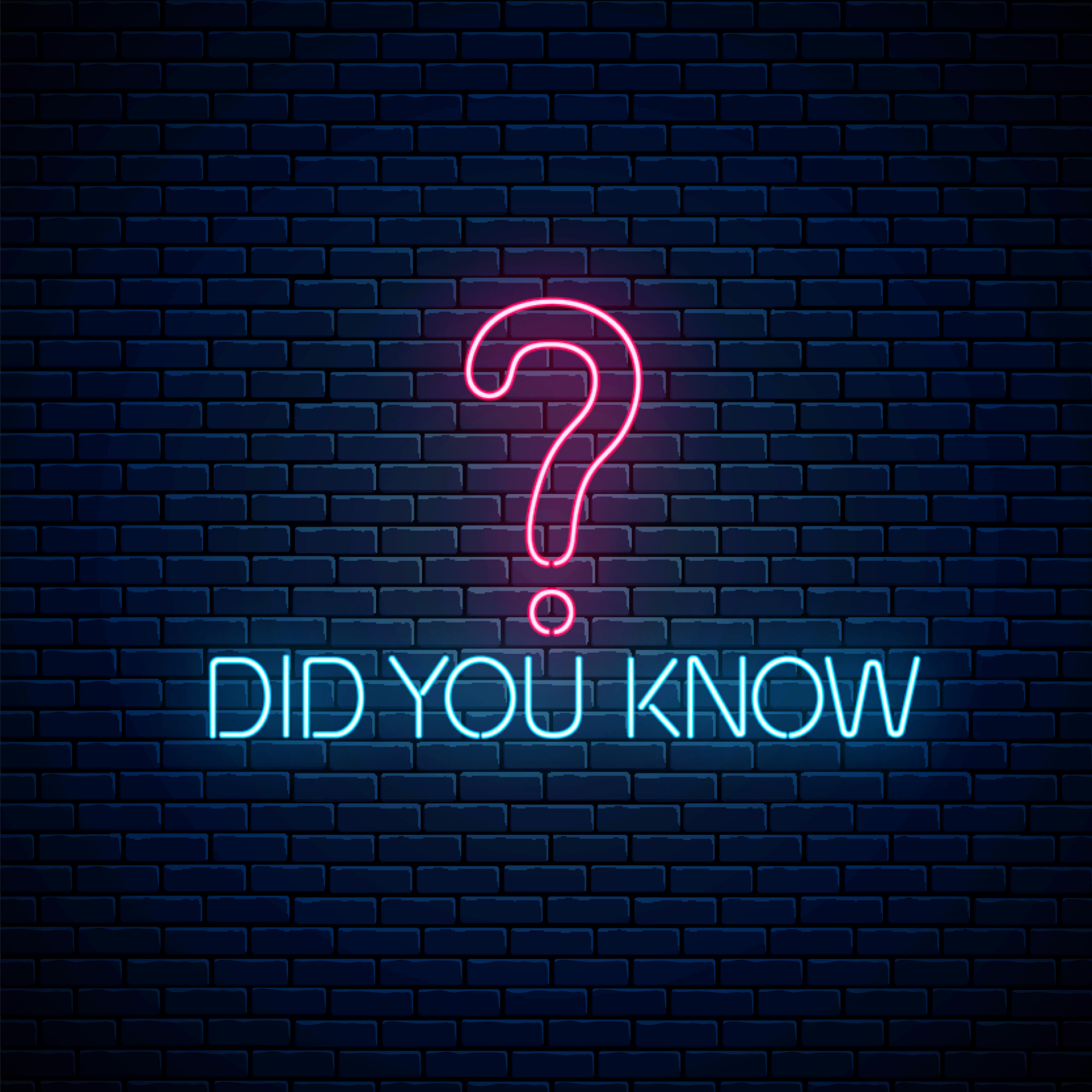

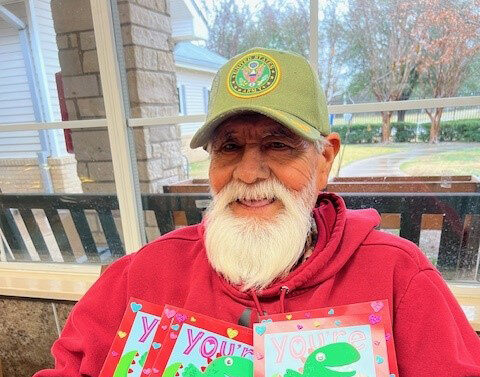
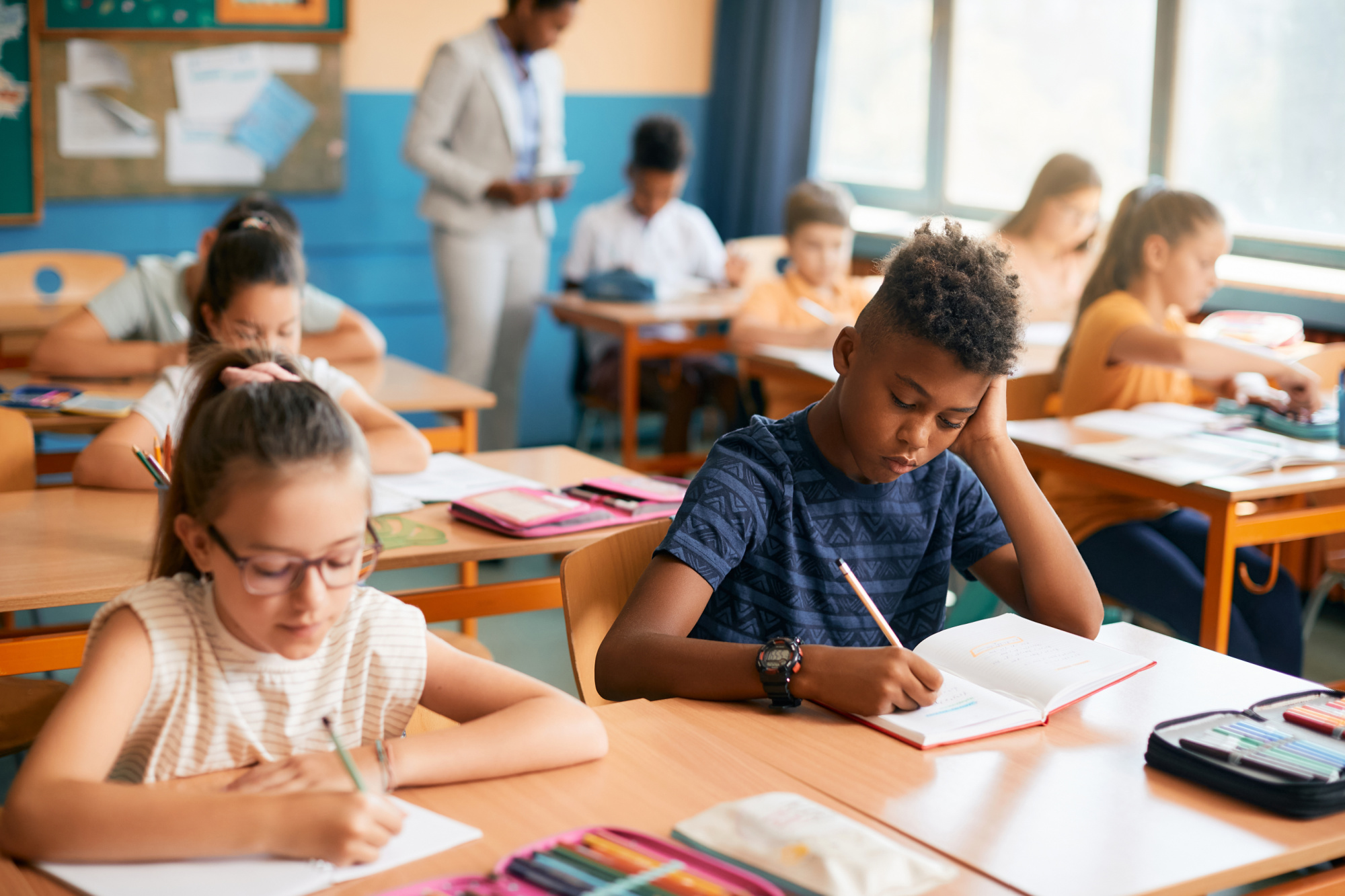
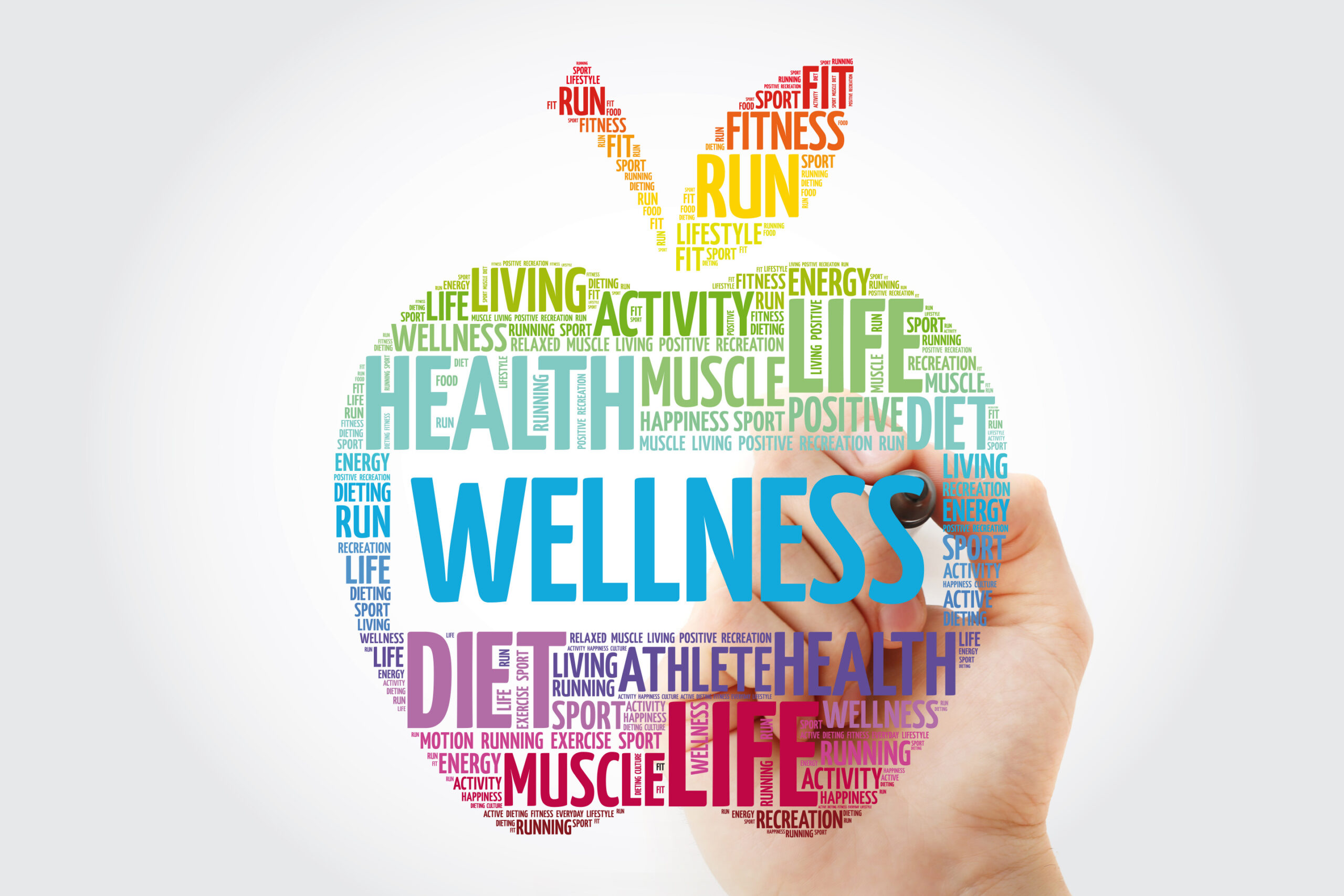

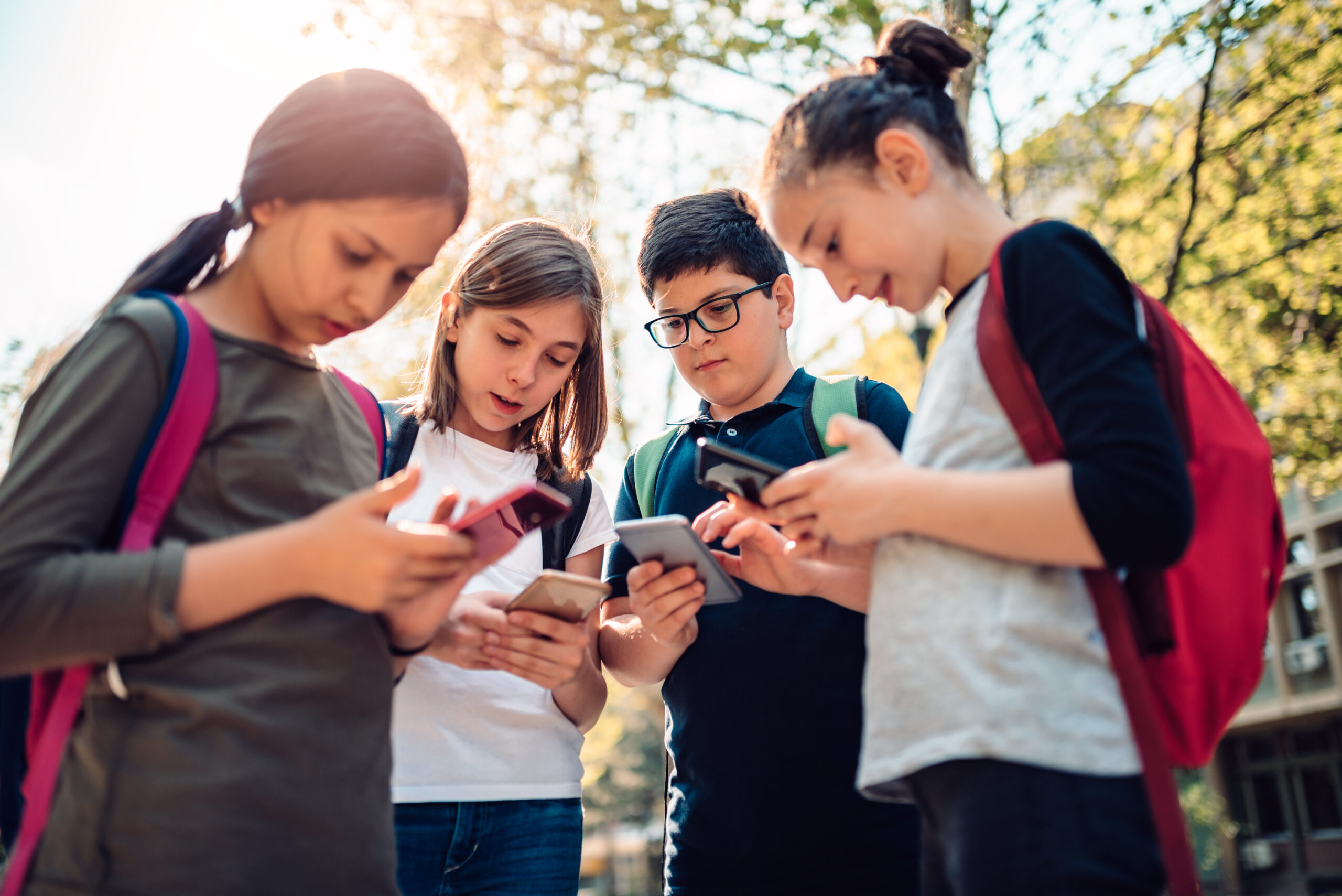
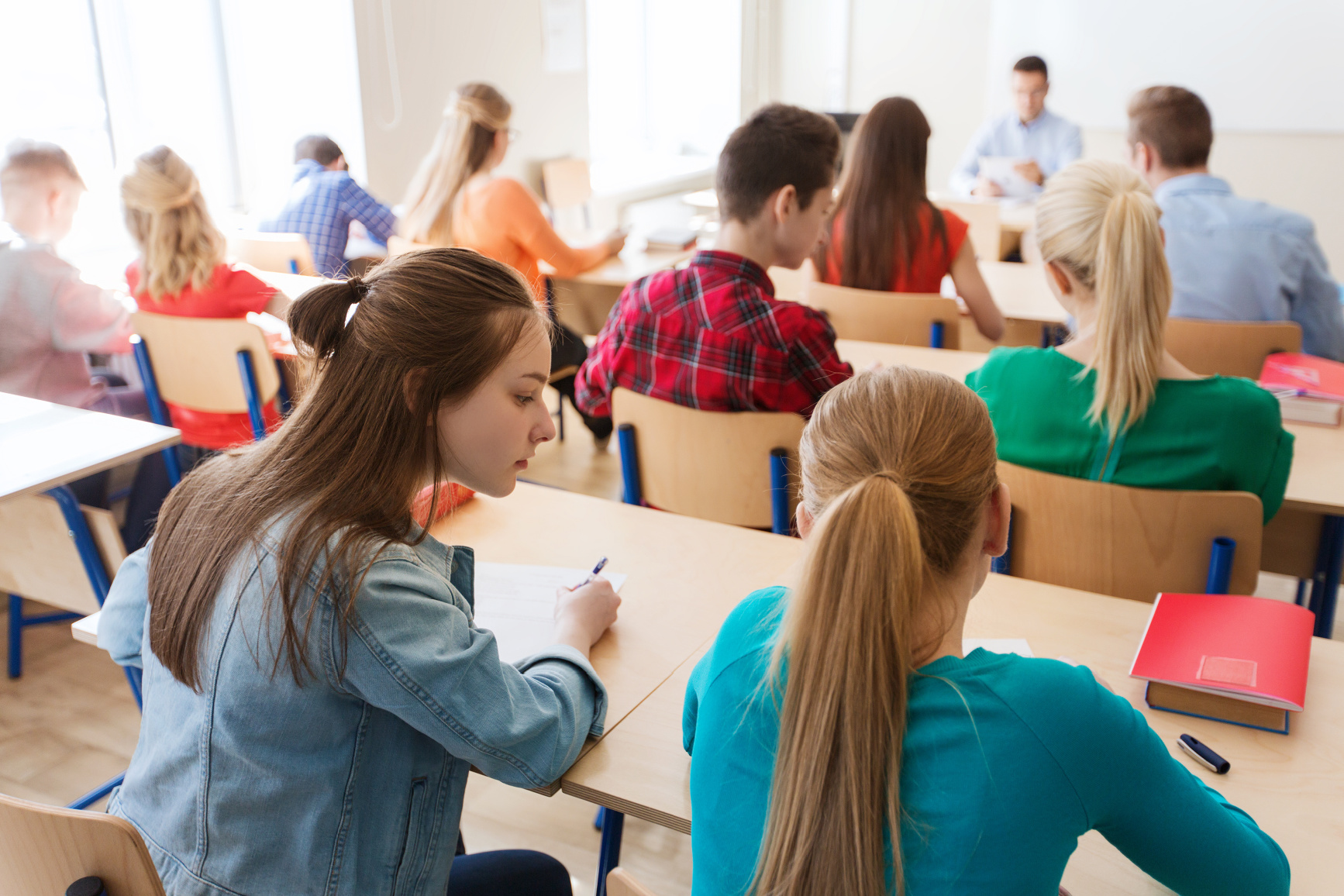

BE THE FIRST TO KNOW
More Content By
Think American News Staff






